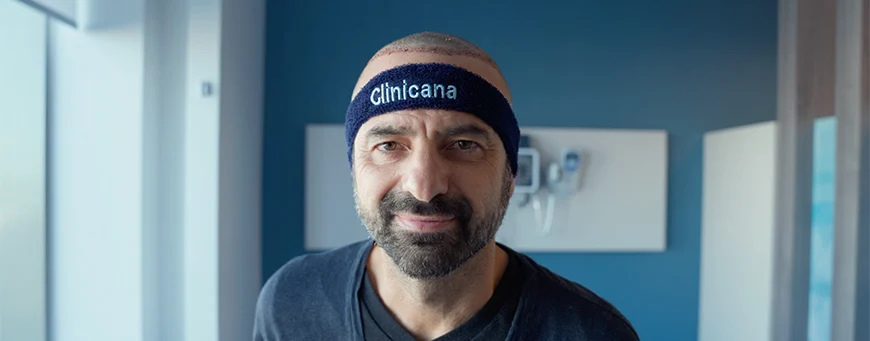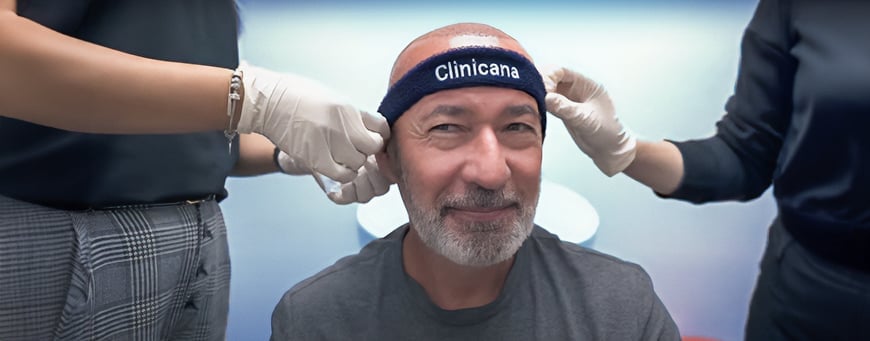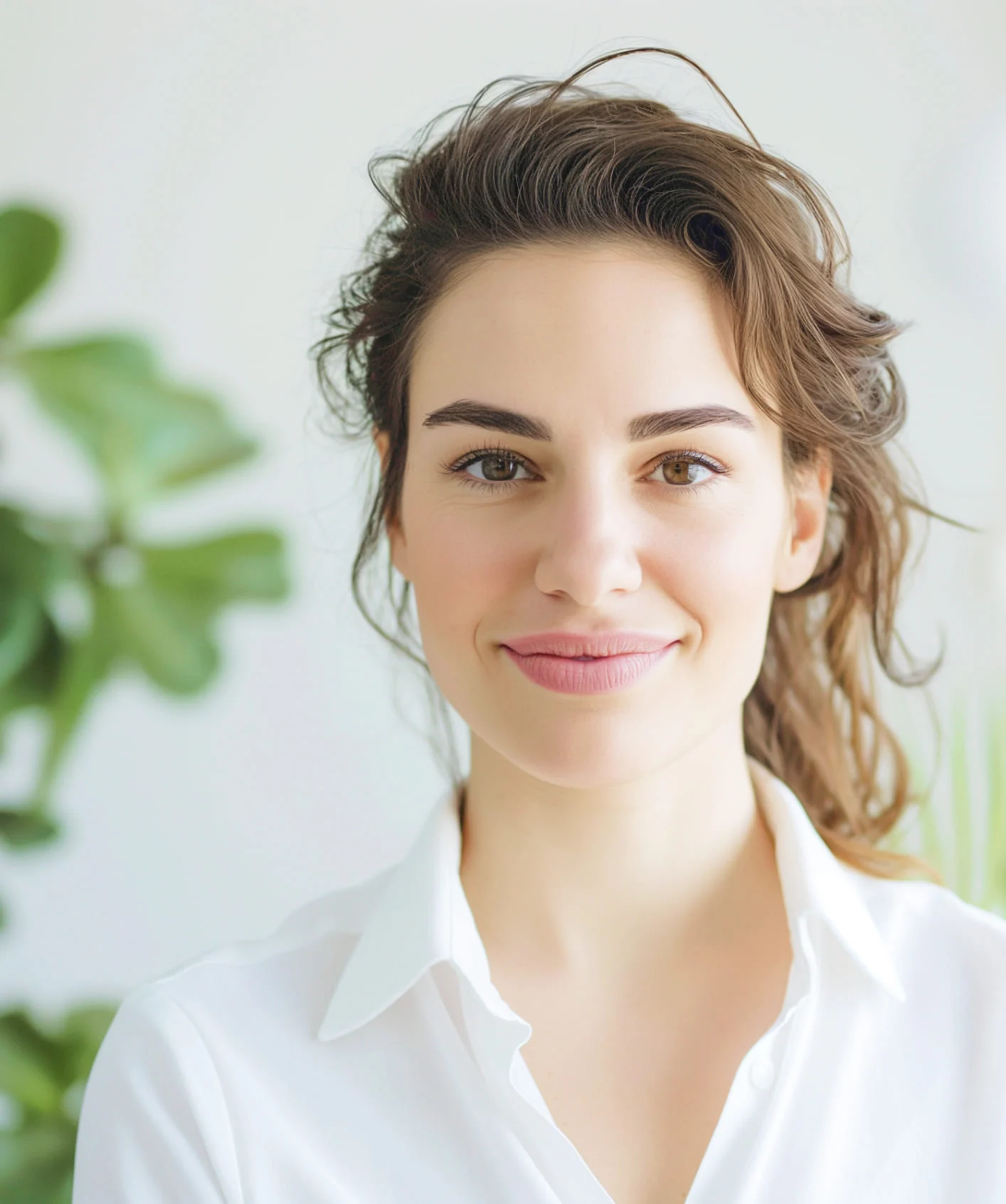Hair structure and the stages of hair growth
When talking about hair structure and the stages of hair growth, we must consider that hair structure is in fact quite simple; however, its function is important in a person’s social life. Hair is a very important component of our physical appearance, and its lost may trigger even some psychological conditions. That´s why so many people resort to all kinds of treatments and therapies in countries like Turkey. Check out our section Hair Transplant Turkey: Reviews to learn more.
Regarding the basic hair structure, our hair is made up of a strong protein called Keratin. A hair follicle belays each hair into the head scalp skin. The hair bulb forms the base of a hair follicle, and it contains cells in division, which grow to make the hair shaft that appears outside the skin.
Our blood vessels are responsible to supply the cells in the hair bulb with hormones that will help to adjust the hair growth and structure at different times.
Hair root cell structure
Your hair grows from hair bulbs present inside the skin. The part of the hair inside the follicle -under the skin surface- is called hair root, while the visible part is the hair body or shaft. At the base of the root there are hair bulbs, which absorb nutrients from blood and form new cells.
Other components of the hair follicle
- Dermal papilla: it is a conic nipple present in the base of the follicle. It nourishes the hair bulb with blood, subsequently with nutrients. The dermal papilla is responsible of taking the vital nutrients for a healthy hair from blood, and improving hair nutrition. Dermal papillae contain also Androgen receptors. Androgen causes hair atrophy; it is the hormone that controls hair growth, as it can cause thinning hair and hair loss, too.
- Sebaceous glands: it secretes oily matter to lubricate hair and keep it healthy and glimmering.
- Arrector pili muscle: It´s a little muscle that surrounds the follicle and responds to stimulus (fear or cold) making the follicle shrink, so that the hair stands erect. During that, the bulb takes nutrients from the dermal papilla to form new cells. When these cells move up through the hair root, they differentiate and get filled with fibers and lose their nuclei. They are no more alive.
What is the hair shaft composed of?
- A thin outer protective colourless layer to protect the cortex.
- Cortex, it gives the hair rigidity, colour and texture
- Medulla (present in the permanent hair), between its cells exist lots of air vacuums.
In fact, your hair is composed of 91% proteins, and long peptide chains. These chains are contained in the fibers of the cortex. The amino acids of these chains consist of carbon, oxygen, hydrogen, nitrogen and sulfur (which are the main components of skin and nails).
We can clearly notice the essential role of proteins in hair structure, and also the importance of insuring the daily needs of protein to keep a healthy and strong hair.
How many hairs are in the human head?
- In average, each person’s head contains about 100,000 hair bulbs. Some people may have 150,000 or more.
- In child’s head, there are about 1,100 bulbs for each cm². This number decreases when reaching 25 years old and becomes around 600, but that depends on the physical state of a person, too.
- At the age between 30 and 50, the number of hair bulbs decreases to 250-300 bulb for each cm²; then, a slight hair loss starts while aging.
- Each bulb gives about 20 new hairs. Each new hair grows for several years and may reach more than 1 meter.
- Each hair falls at the end, and is replaced by a new one.
Let´s talk about hair growth stages
It is very important to know the hair growth cycle, to understand the many problems that may face your hair. The growth process is composed of three stages, which they are: anagen, catagen and telogen.
Anagen (growing phase)
The anagen stage of the hair growth is the first of the three stages. At this stage the hair starts to grow around 1.25 cm a month; it´s characterized for growing faster in summer and winter seasons. Anagen or growing phase lasts about 3-5 years, so the average of the total hair length is from 45 cm to 76 cm. The growing phase is longer in the Asian race and can last to 7 years, and the hair length may reach 1 meter.
Catagen (regressing phase)
The catagen stage of the hair growth is the second stage of the cycle. It is just a transitional stage that continues around 10 days.
Telogen (resting phase)
The telogen stage is the final in the hair growth cycle. It´s a resting phase in which hair shedding occurs. After that, the hair follicles stays inactive for 3 months, and then restarts the cycle. The reason behind not losing our hair at the same time is that each hair follicles goes through the growth process individually. So instead, you will only lose some hairs per day (80 hairs per day, in a healthy head hair).
As to the hair loss, it is a problem that occurs during growth, when this cycle stops. It may be affected by some conditions as metabolism disorders and malnutrition.
What can I do if I´m losing hair?
It´s important to know about hair structure and the stages of hair growth; but the most important is that if you are experiencing any kind of hair loss, you should consult a specialist to stop it in time and find the best solutions. At Clinicana you have at your disposal an online consultation service, totally free and without any obligation. Give it a try!

A hair transplant procedure can be a transformative experience. But to ensure your newly implanted follicles thrive, proper aftercare is very essential. This article equips you with key hair transplant recovery tips or post-operative instructions to minimize discomfort, optimize healing, and pave the way for a successful hair transplant journey for you. Hair transplant recovery […]

Dreaming of a full head of hair? Hair transplants are gaining traction, particularly in Turkey as clinics there are characterized by budget-friendly options and skilled surgeons. But, with so many clinics, the way of choosing the right one can be overwhelming. This article will help you find one of those top 10 hair transplant clinics […]

Finding the best hair transplant clinic in Istanbul is a crucial decision. In this article, we will look at some important factors to help you make an informed decision to ensure a successful surgery. How to choose the best hair transplant clinic in Istanbul? Istanbul has emerged as a sought – after destination for hair […]















